

Articles
What Way Should Your Fan Spin In The Winter
Modified: April 23, 2024
Discover the best way to optimize your fan for winter with our informative articles. Keep warm and save energy by spinning your fan in the right direction.
(Many of the links in this article redirect to a specific reviewed product. Your purchase of these products through affiliate links helps to generate commission for Storables.com, at no extra cost. Learn more)
Introduction
When it comes to maintaining a comfortable living space during the winter months, most people rely on heating systems and insulation. However, there is another often overlooked aspect that can greatly contribute to a cozy and energy-efficient home – the direction in which your ceiling fan spins. While ceiling fans are typically associated with providing a cool breeze in the summer, they can also play a significant role in improving comfort levels during the winter.
Most ceiling fans have a switch that allows you to change the direction in which the blades rotate. In the winter, it is recommended to set your fan to spin clockwise. This might seem counterintuitive at first, but it can actually help distribute warm air more efficiently throughout the room, resulting in a more even and consistent temperature.
Understanding the benefits and importance of adjusting your ceiling fan rotation in the winter can help you optimize the comfort of your living space and potentially reduce energy consumption. In this article, we will explore the purpose of ceiling fan rotation in the winter, the benefits of setting your fan to spin clockwise, how to change the direction of your ceiling fan, and other considerations for optimal winter fan usage.
Key Takeaways:
- Keep your ceiling fan on a low setting and spinning clockwise in the winter to evenly distribute warm air, reduce heating costs, and prevent condensation, creating a cozy and energy-efficient home environment.
- Adjusting your ceiling fan rotation, speed, and thermostat settings can optimize comfort and energy efficiency during winter, while regular maintenance and proper placement maximize the fan’s effectiveness.
Read more: Which Way Should The Fan Turn In The Winter
Understanding Ceiling Fan Rotation
Before diving into the specifics of ceiling fan rotation in the winter, it’s important to have a basic understanding of how ceiling fan rotation works. Ceiling fans consist of rotating blades that create airflow to provide a cooling effect in warmer months. The angle and size of the blades, coupled with the speed at which they rotate, determine the airflow generated by the fan.
Ceiling fans typically have a switch or button that allows you to change the direction in which the blades rotate. The two most common settings are clockwise (also known as the winter or reverse direction) and counterclockwise (the standard setting for summer). When your fan is set to spin in the reverse direction, the blades rotate clockwise, pulling air upward.
This reverse direction is what makes ceiling fans valuable during winter months. By redistributing warm air trapped near the ceiling, fans can create a more comfortable environment. It’s important to note that ceiling fans do not actually change the temperature of the air; instead, they circulate the warm air that has already risen, making it feel more evenly distributed throughout the room.
Understanding the difference in air movement between clockwise and counterclockwise rotation is crucial for optimizing your ceiling fan’s performance and ensuring maximum comfort in winter.
The Purpose of Ceiling Fan Rotation in Winter
During the winter, warm air naturally rises and accumulates near the ceiling, leaving the lower parts of the room cooler. This temperature disparity can lead to discomfort and uneven heating. However, by utilizing the reverse direction setting on your ceiling fan, you can help combat this issue.
The purpose of changing the rotation of your ceiling fan in winter is to gently push the warm air that has risen back down to the living area. By doing so, the fan helps to create a more balanced and comfortable environment throughout the room. Instead of the warm air collecting near the ceiling, where it serves no purpose, the fan circulates it back down to where it is needed.
When your fan spins clockwise, the blades pull the cooler air from the floor and push the warmer air near the ceiling downwards. This circulation of air can help to eliminate cold spots, reduce drafts, and create a more even distribution of warmth. As a result, you may find that you can lower your thermostat without sacrificing comfort, potentially saving energy and reducing heating costs during the winter months.
Another purpose of changing the direction of your ceiling fan in winter is to prevent condensation. When warm air rises and comes into contact with colder windows or other cool surfaces, it can lead to condensation forming. By using your fan to circulate the warm air downwards, you can help reduce the likelihood of condensation forming.
The overall purpose of adjusting your ceiling fan rotation in the winter is to improve comfort levels, promote energy efficiency, and create a more consistent and pleasant atmosphere in your home.
Benefits of Setting Your Ceiling Fan to Spin Clockwise in Winter
Setting your ceiling fan to spin clockwise in the winter can bring a range of benefits to your home and enhance your overall comfort. Here are some of the key advantages:
- Improved heat distribution: One of the primary benefits of setting your fan to spin clockwise is the improved distribution of warm air. As warm air naturally rises, it tends to accumulate near the ceiling. By reversing the direction of your fan, it will gently push the warm air back down into the living area, ensuring a more even distribution of heat. This can help eliminate cold spots and create a more comfortable environment throughout the room.
- Enhanced energy efficiency: By utilizing your ceiling fan to circulate warm air, you can potentially reduce your reliance on heating systems, resulting in energy savings. The more balanced distribution of heat can allow you to lower your thermostat without sacrificing comfort. Every degree reduction on your thermostat settings can lead to energy savings, thereby reducing your heating costs over time.
- Reduced heating costs: As you optimize the efficiency of your heating system by using a ceiling fan to distribute warm air, you may find that you can lower the temperature on your thermostat without experiencing any discomfort. This can result in significant savings on your heating bills throughout the winter season.
- Elimination of cold drafts: Setting your ceiling fan to rotate clockwise helps to eliminate cold drafts that can be present in poorly insulated or drafty rooms. The gentle circulation of warm air prevents cold air from stagnating in certain areas, ensuring a more comfortable living space overall.
- Prevention of condensation: In winter, condensation can form on windows and other cool surfaces when warm air comes into contact with them. By circulating the warm air downwards with your ceiling fan, you can help prevent condensation from forming, reducing the risk of moisture-related issues such as mold or damage to your windowsill.
By taking advantage of the benefits of setting your ceiling fan to spin clockwise in winter, you can enhance the comfort, energy efficiency, and overall functionality of your home.
In the winter, your fan should spin in a clockwise direction at a low speed to help circulate warm air that rises to the ceiling, keeping the room warmer and reducing heating costs.
How to Change the Direction of Your Ceiling Fan
The process of changing the direction of your ceiling fan is quite straightforward, and you can do it with just a few simple steps. Here’s a step-by-step guide:
- Make sure your ceiling fan is turned off and the blades have come to a complete stop. This is crucial for safety during the process.
- Locate the switch or button on your fan that controls the direction of rotation. In most cases, this switch is located on the motor housing or on the side of the fan.
- Once you’ve found the switch, determine its current position. Typically, there are two options: one for counterclockwise rotation (summer setting) and one for clockwise rotation (winter setting).
- If the switch is currently set for counterclockwise rotation, push or slide it into the opposite position to activate the clockwise rotation. Some fans may have a toggle switch, while others may have a pull chain. Follow the instructions provided by the manufacturer for your specific model.
- After changing the direction, turn your ceiling fan on again to verify that the blades are now rotating in the desired clockwise direction.
It’s important to note that the specific method for changing the direction of your ceiling fan may vary depending on the manufacturer and model. Therefore, it is always advisable to consult the instruction manual provided with your fan for detailed guidance.
If you are unsure about the process or are experiencing any difficulties, it’s recommended to contact the manufacturer or seek assistance from a professional electrician to ensure proper installation and operation.
Read more: What Way Should Fan Spin In Summer
Adjusting Fan Speed and Winter Thermostat Settings
In addition to changing the direction of your ceiling fan, adjusting the fan speed and fine-tuning your thermostat settings can further enhance the comfort and efficiency of your home during the winter months.
Firstly, consider adjusting the fan speed to achieve the desired airflow and distribution of warm air. Most ceiling fans have multiple speed settings, typically ranging from low to medium and high. Experiment with different fan speeds to find the one that works best for your specific room and preference. Higher fan speeds will create a stronger airflow, while lower speeds provide a more gentle and subtle circulation. Choose a speed that effectively distributes the warm air without creating a draft or excessive noise.
Furthermore, pay attention to your thermostat settings. By lowering the temperature on your thermostat while using a ceiling fan, you can save on energy costs without sacrificing comfort. Aim for a temperature that is comfortable for you and your household, considering factors such as personal preferences, clothing, and other insulation measures you have in place.
It’s important to understand that a ceiling fan does not actually change the temperature of the room; it only creates a perceived cooling effect due to the wind chill. Therefore, there is no need to keep the fan running when no one is in the room. Be mindful of turning the fan off when you leave to conserve energy.
Additionally, consider installing a programmable or smart thermostat, if you don’t already have one. These thermostats allow you to set specific temperature schedules throughout the day, ensuring optimal comfort when you are home and conserving energy when you are away or sleeping. Pairing the use of a ceiling fan with a programmable thermostat can further enhance energy efficiency and overall comfort.
Always remember to make subtle adjustments and observe the impact on your comfort and energy consumption. Fine-tuning your ceiling fan speed and thermostat settings will help you find the perfect balance between comfort and energy efficiency during the winter season.
Other Considerations for Optimal Winter Fan Use
While changing the direction of your ceiling fan and adjusting fan speed and thermostat settings are key considerations for optimal winter fan use, there are a few additional factors to keep in mind to maximize comfort and efficiency:
- Ensure proper ceiling fan maintenance: Regularly clean and dust your ceiling fan to keep it functioning optimally. Dust accumulation on the blades can affect the balance and performance of the fan. Cleaning the blades periodically will help maintain smooth and efficient operation.
- Consider fan blade pitch: The angle or pitch of the fan blades can impact the airflow and circulation. The optimal blade pitch for winter use varies depending on the fan design and manufacturer. Some fans have adjustable blade pitches, while others have a fixed pitch. Consult the manufacturer’s instructions or contact customer support to determine the recommended blade pitch for winter usage.
- Use ceiling fans in conjunction with other heating sources: Ceiling fans are not meant to replace heating systems but rather to complement them. They work most effectively when used in conjunction with other heating sources, such as a furnace or fireplace. By using ceiling fans alongside your primary heating system, you can enhance airflow and distribute warm air more efficiently.
- Consider dual-direction fans: Some ceiling fans are specifically designed to have reversible motors, allowing you to switch between clockwise and counterclockwise rotations with the flip of a switch. These dual-direction fans provide flexibility and convenience, making it easier to optimize their use for both summer and winter seasons.
- Location of the ceiling fan: The placement of your ceiling fan can also affect its performance. Make sure the fan is installed in the center of the room and positioned at an appropriate height – typically 7 to 9 feet above the floor. This placement allows for optimal airflow and ensures that the fan effectively circulates the warm air throughout the space.
By considering these additional factors, you can maximize the effectiveness of your ceiling fan in winter and enjoy increased comfort, improved energy efficiency, and a more pleasant living environment.
Conclusion
Understanding the importance of adjusting your ceiling fan rotation in the winter can greatly enhance the comfort and energy efficiency of your home. By setting your fan to spin clockwise, you can effectively distribute warm air that has risen to the ceiling, resulting in a more even and balanced temperature throughout the room.
Changing the direction of your ceiling fan not only improves heat distribution but also offers a range of benefits. These include enhanced energy efficiency, reduced heating costs, eliminated cold drafts, and prevention of condensation on windows and other surfaces.
To change the direction of your ceiling fan, locate the switch or button and switch it to the appropriate position for winter rotation. Additionally, consider adjusting the fan speed and fine-tuning your thermostat settings to optimize airflow and achieve the desired comfort level without excessive energy consumption.
Maintaining your ceiling fan and keeping it clean is essential for optimal performance. Regular dusting and proper blade pitch ensure smooth operation and efficient airflow distribution.
While ceiling fans can be a valuable tool in winter, they are most effective when used in conjunction with other heating sources and positioned correctly in the room. Dual-direction fans provide added convenience, allowing for seamless transitions between clockwise and counterclockwise rotations.
By considering these factors and making small adjustments, you can fully harness the benefits of your ceiling fan and create a cozy and energy-efficient environment in your home throughout the winter season.
So, the next time the cold weather arrives, don’t forget to switch your ceiling fan to spin clockwise and enjoy the added comfort and savings it can bring.
Frequently Asked Questions about What Way Should Your Fan Spin In The Winter
Was this page helpful?
At Storables.com, we guarantee accurate and reliable information. Our content, validated by Expert Board Contributors, is crafted following stringent Editorial Policies. We're committed to providing you with well-researched, expert-backed insights for all your informational needs.
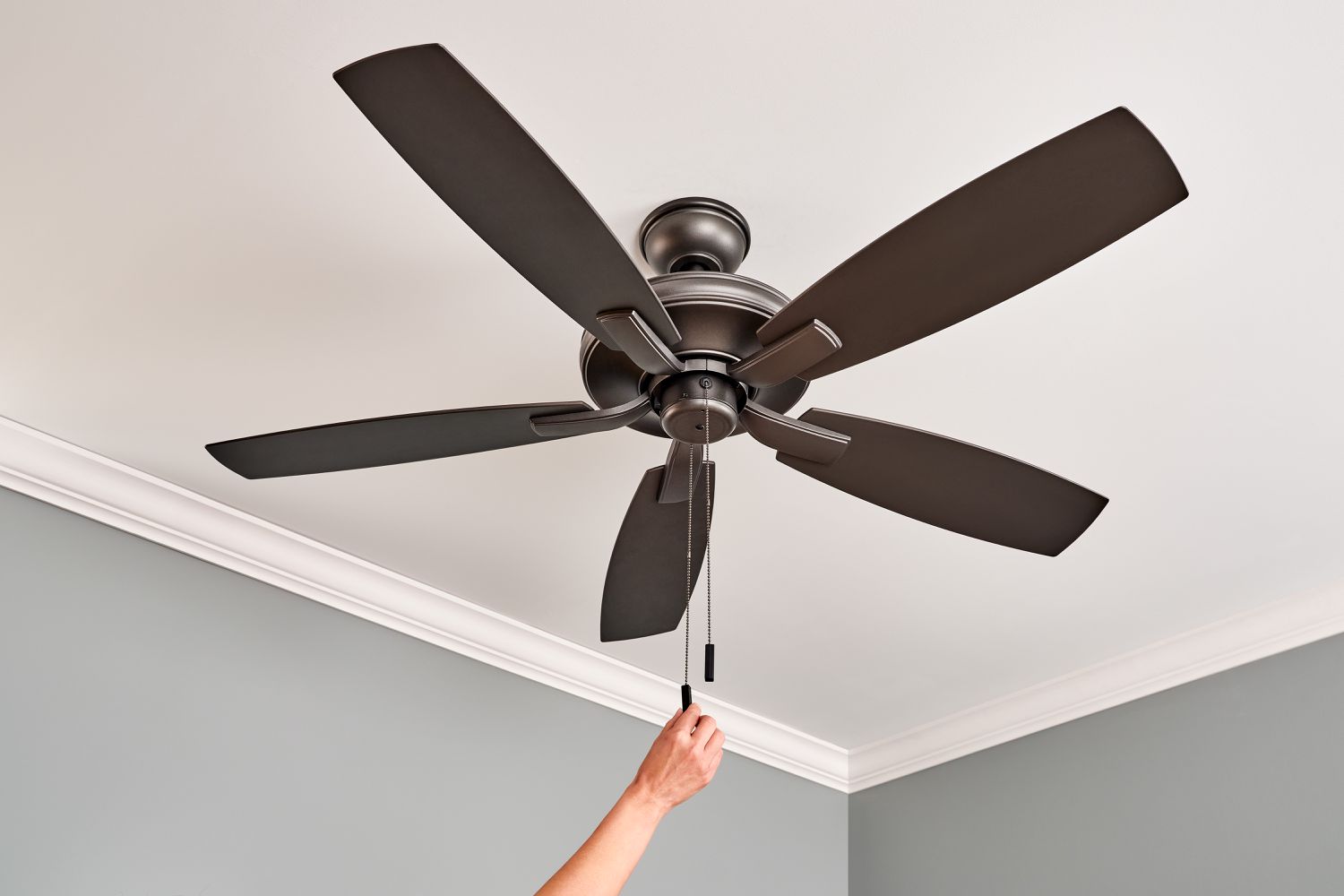
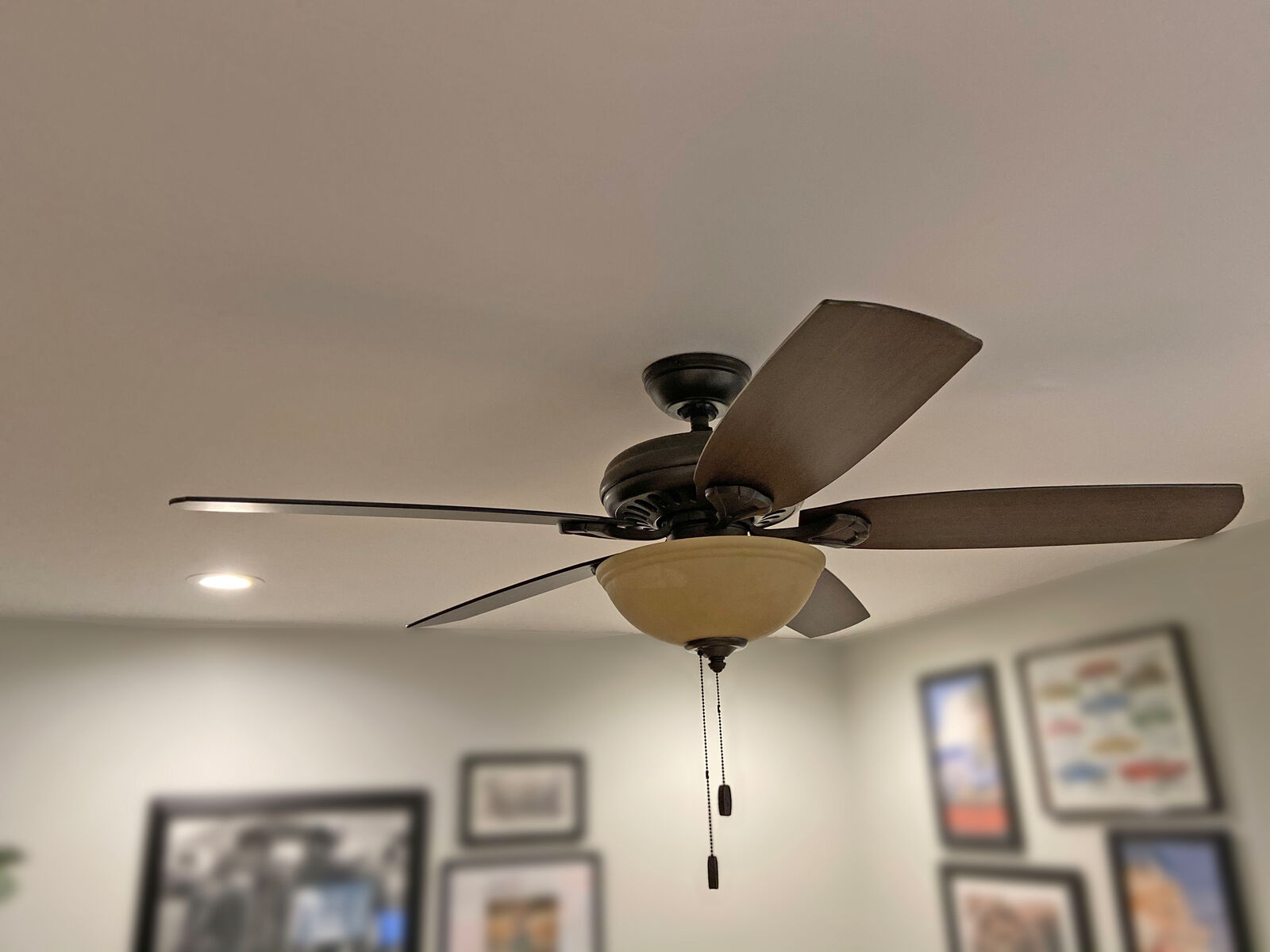
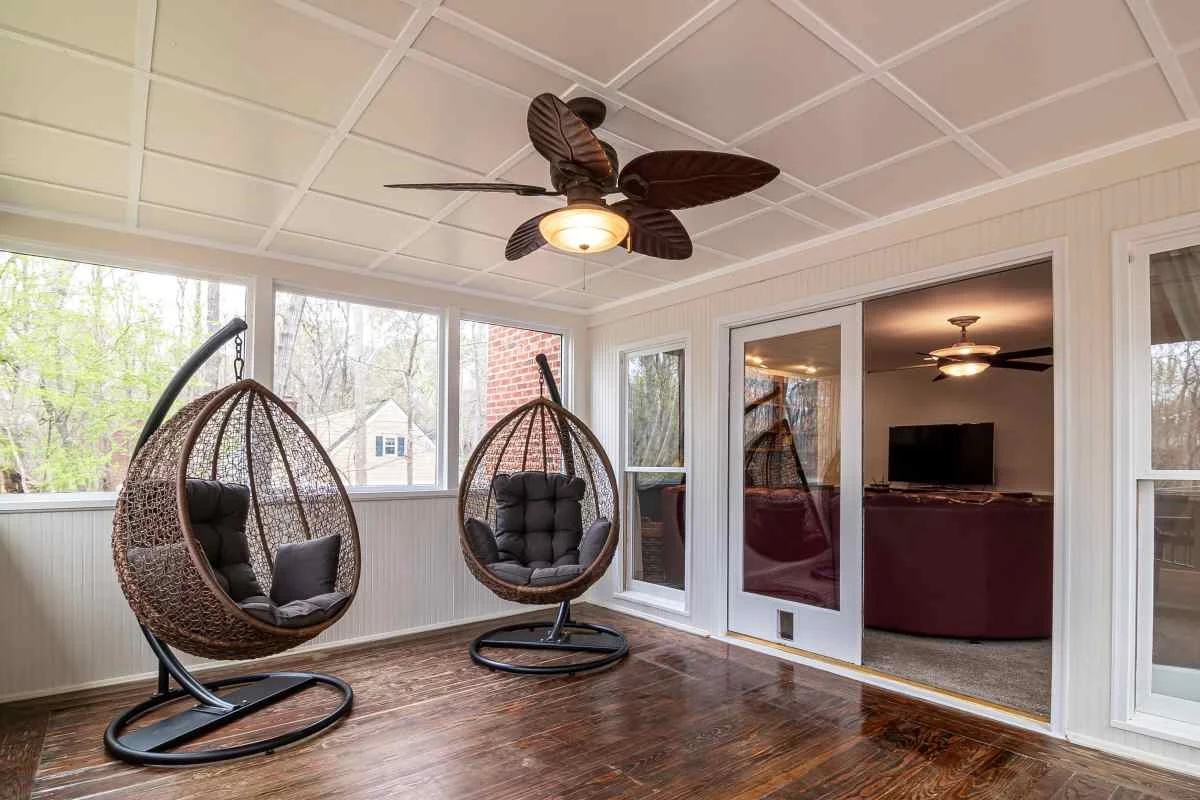

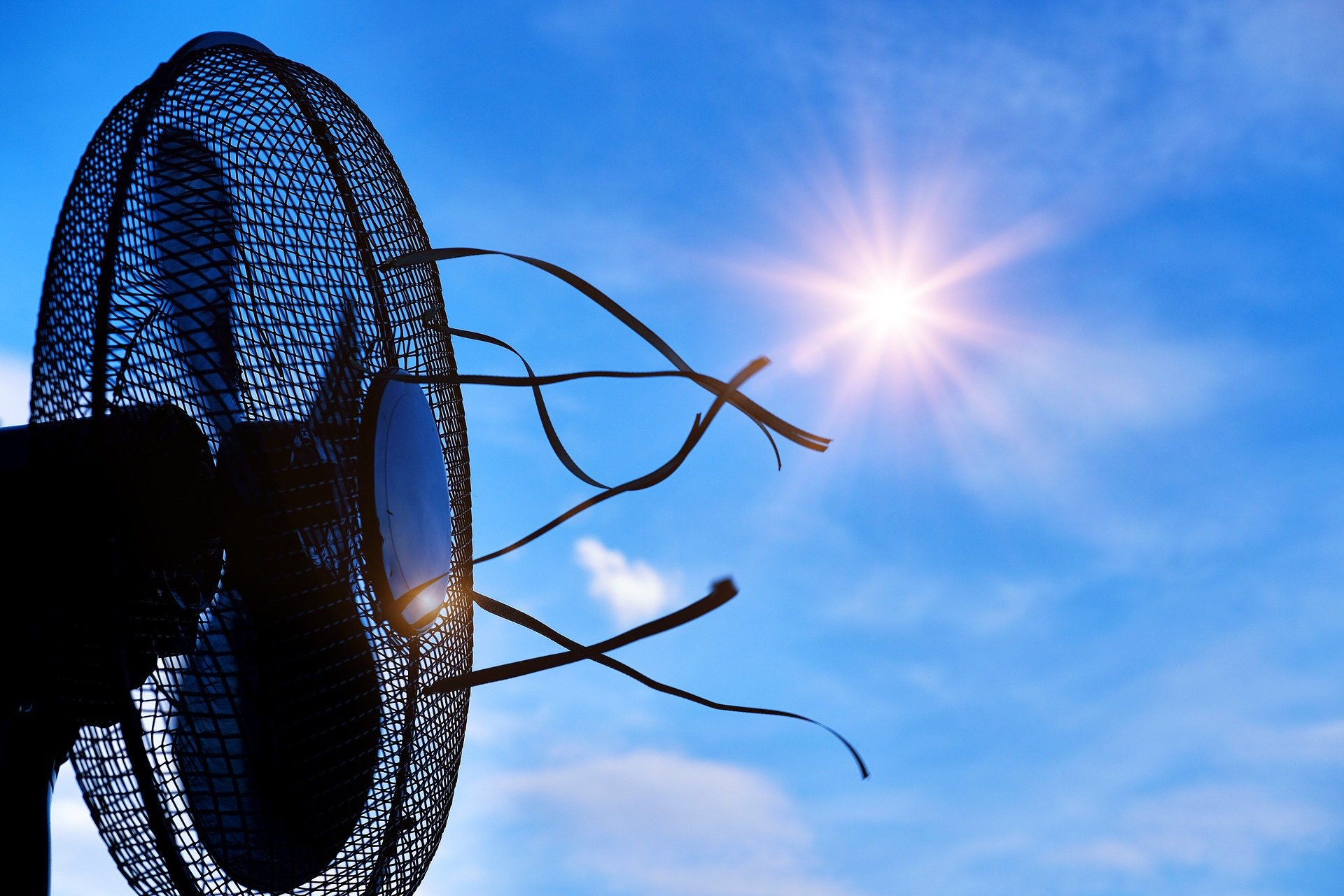
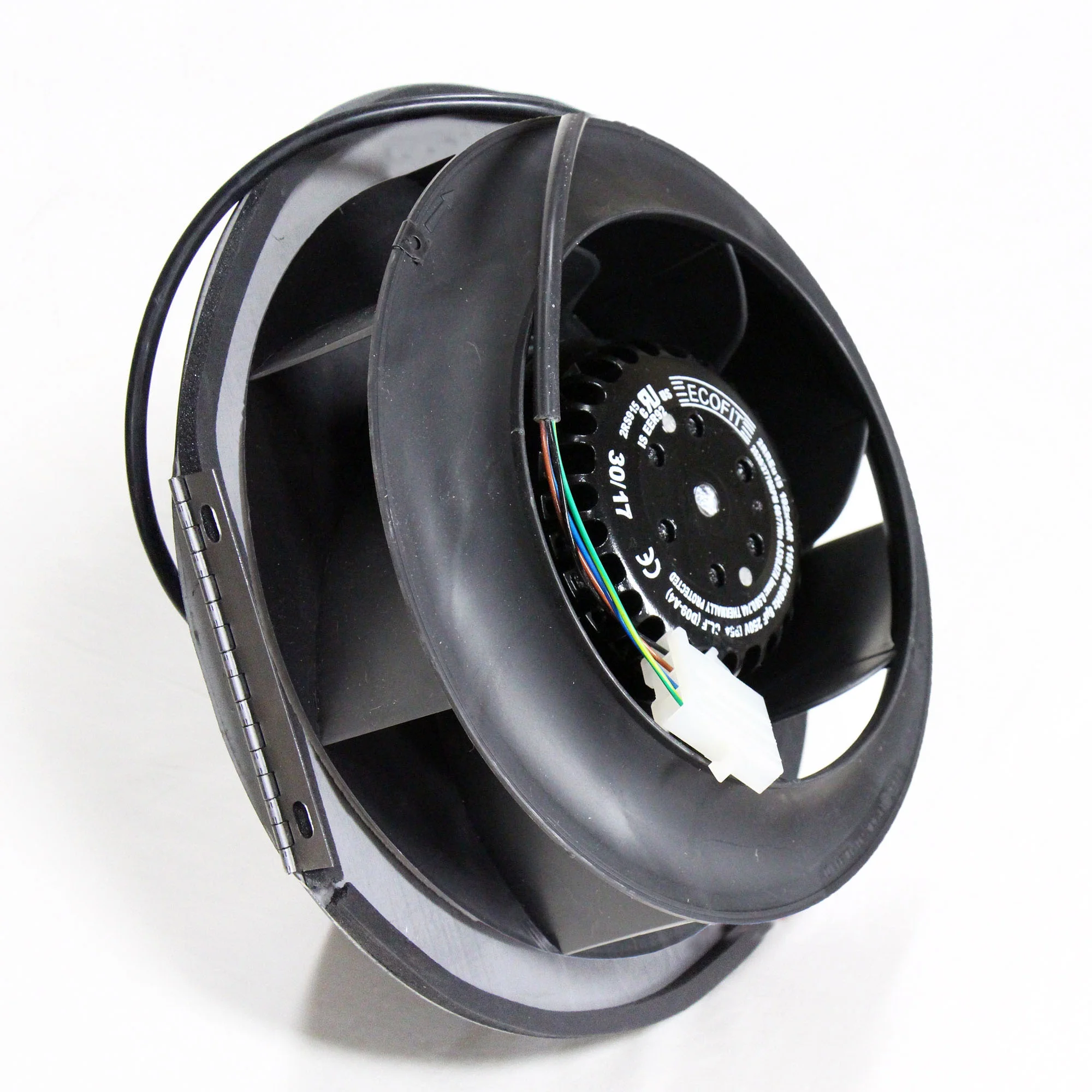

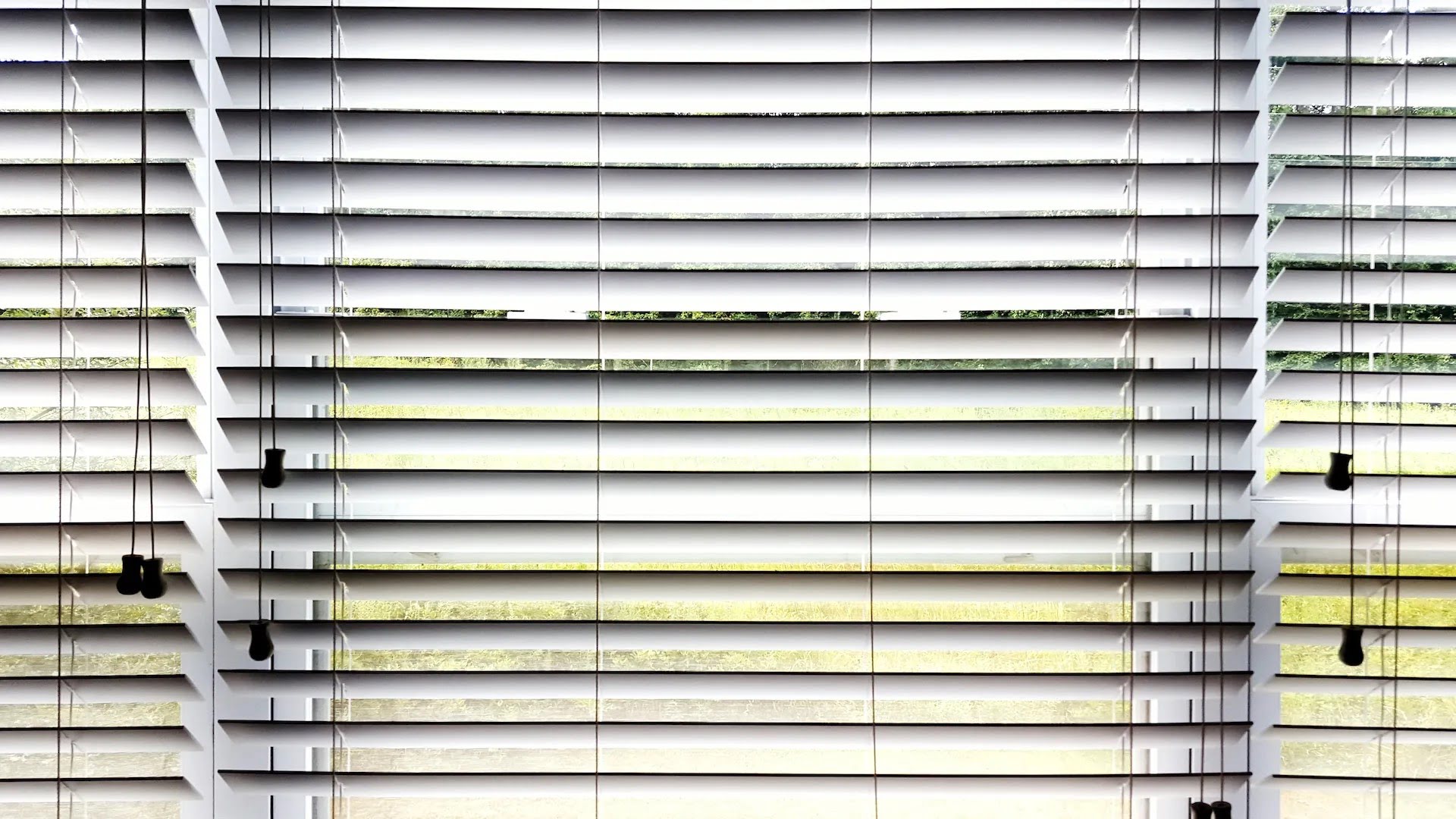
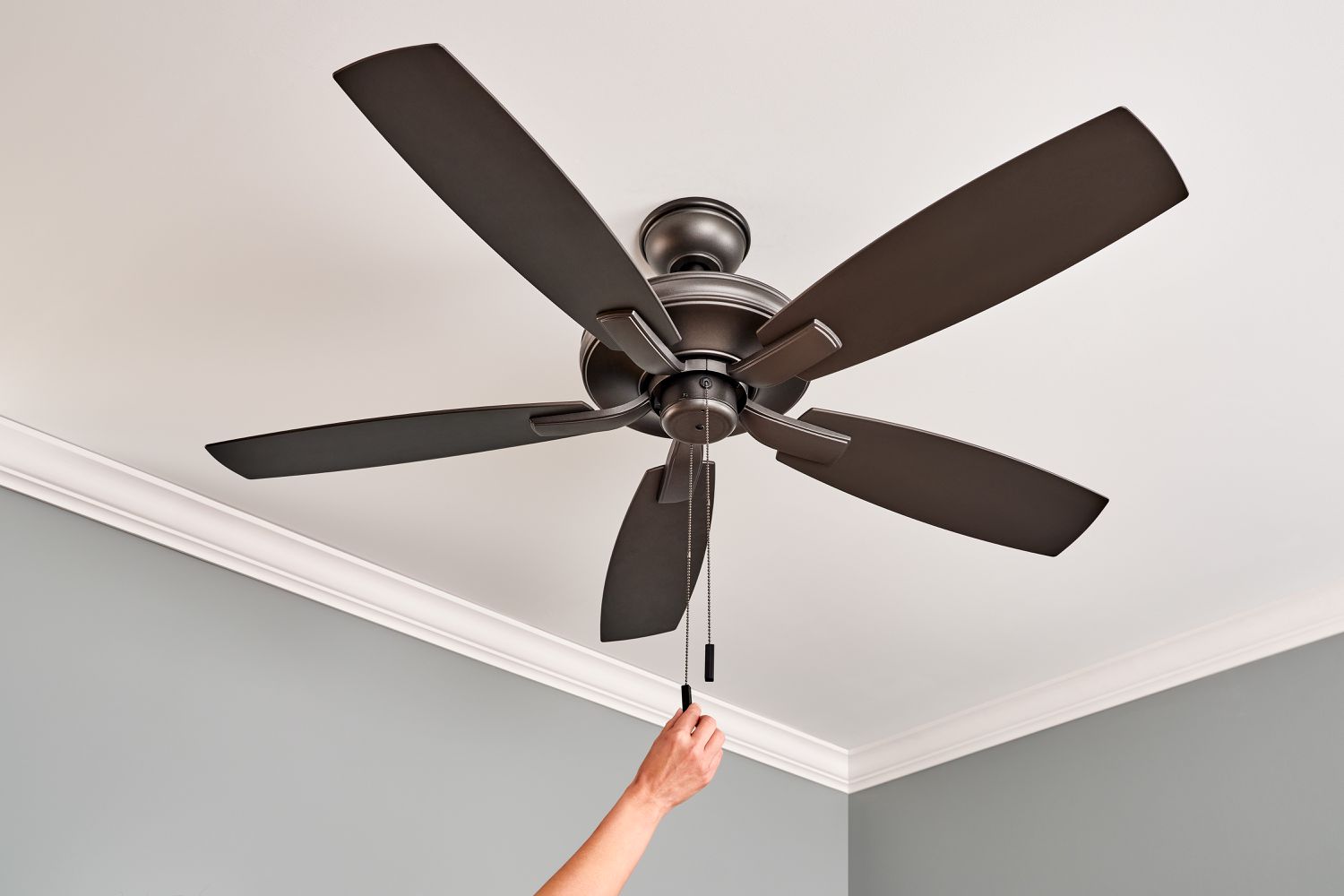


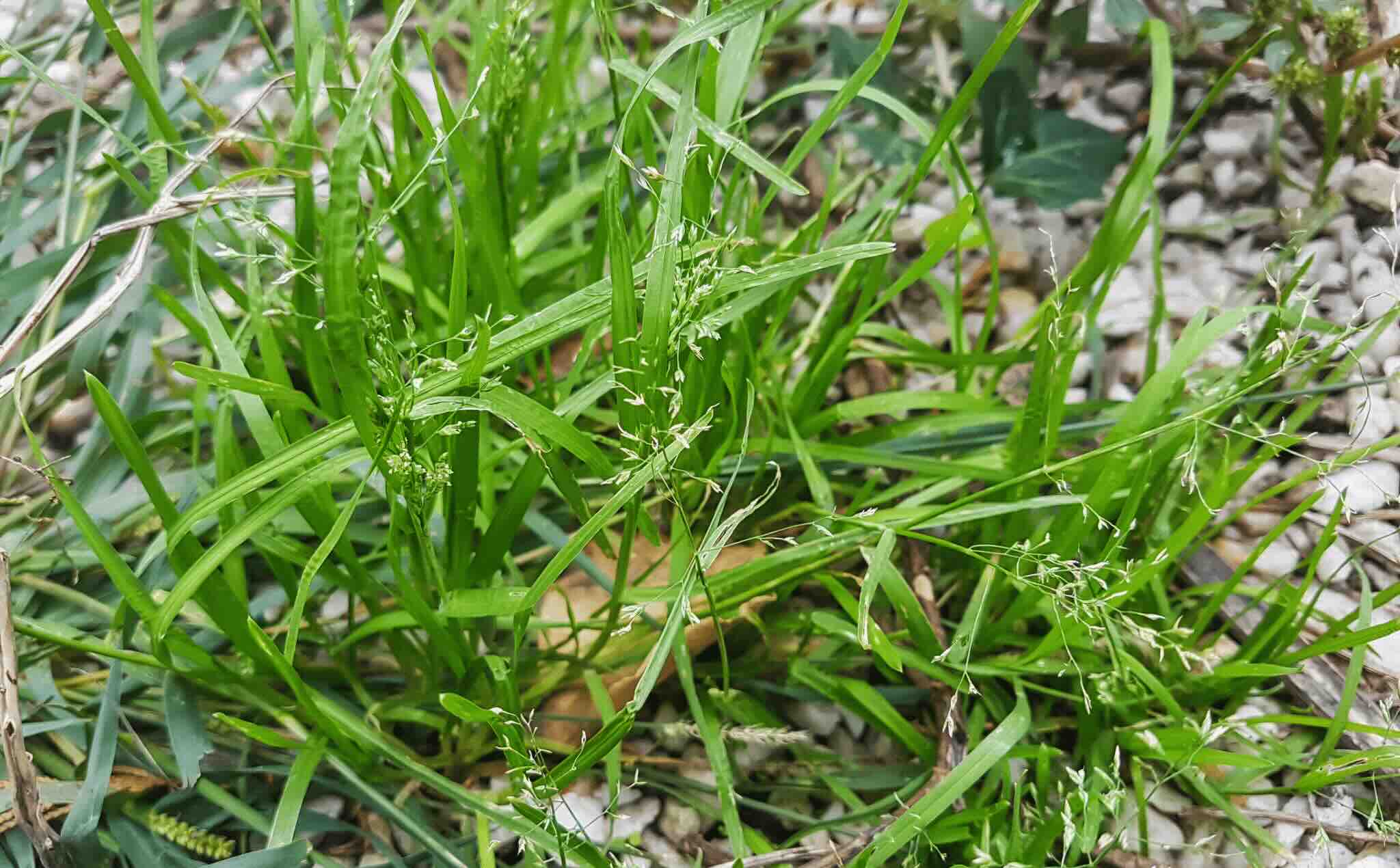
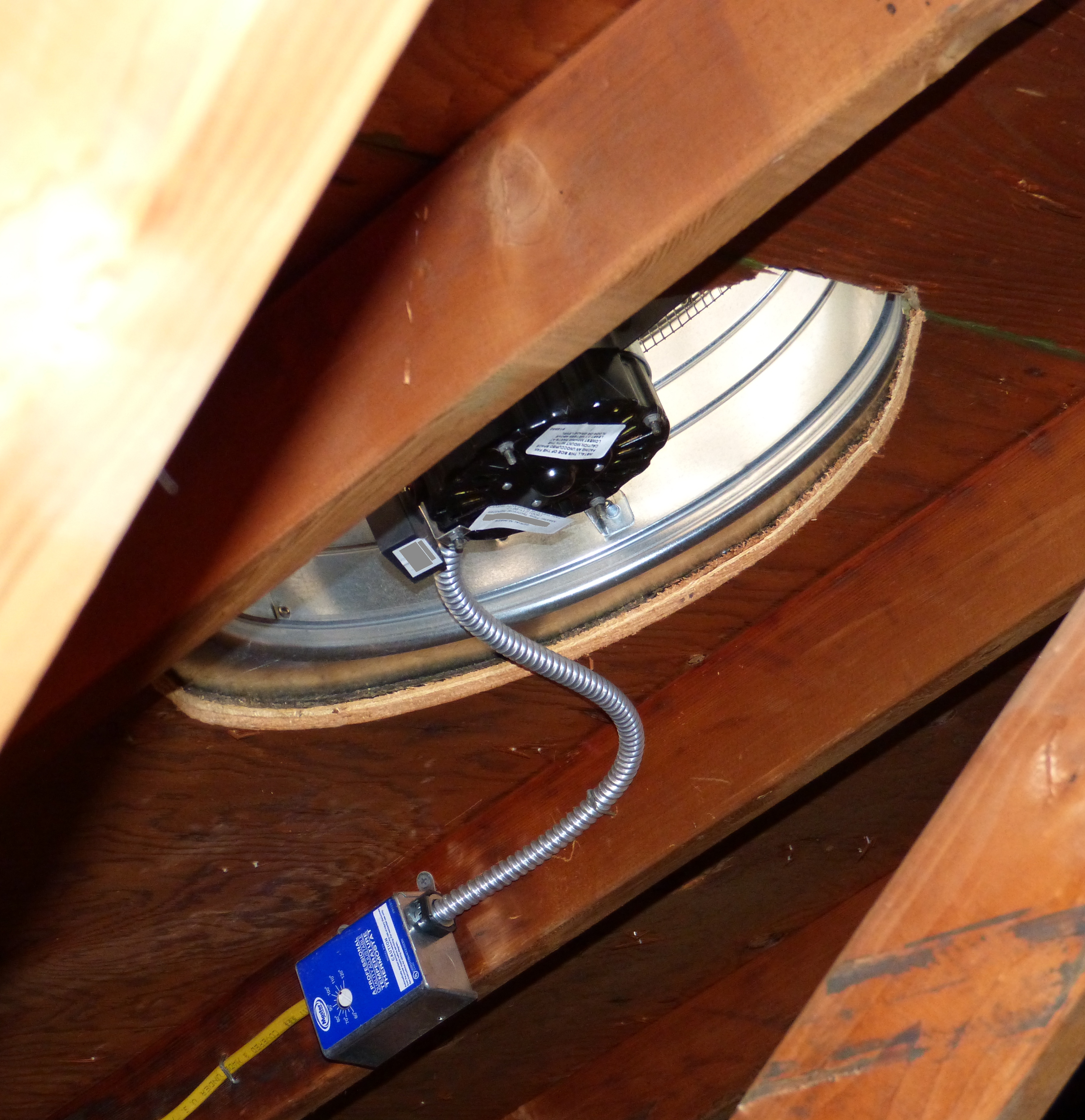
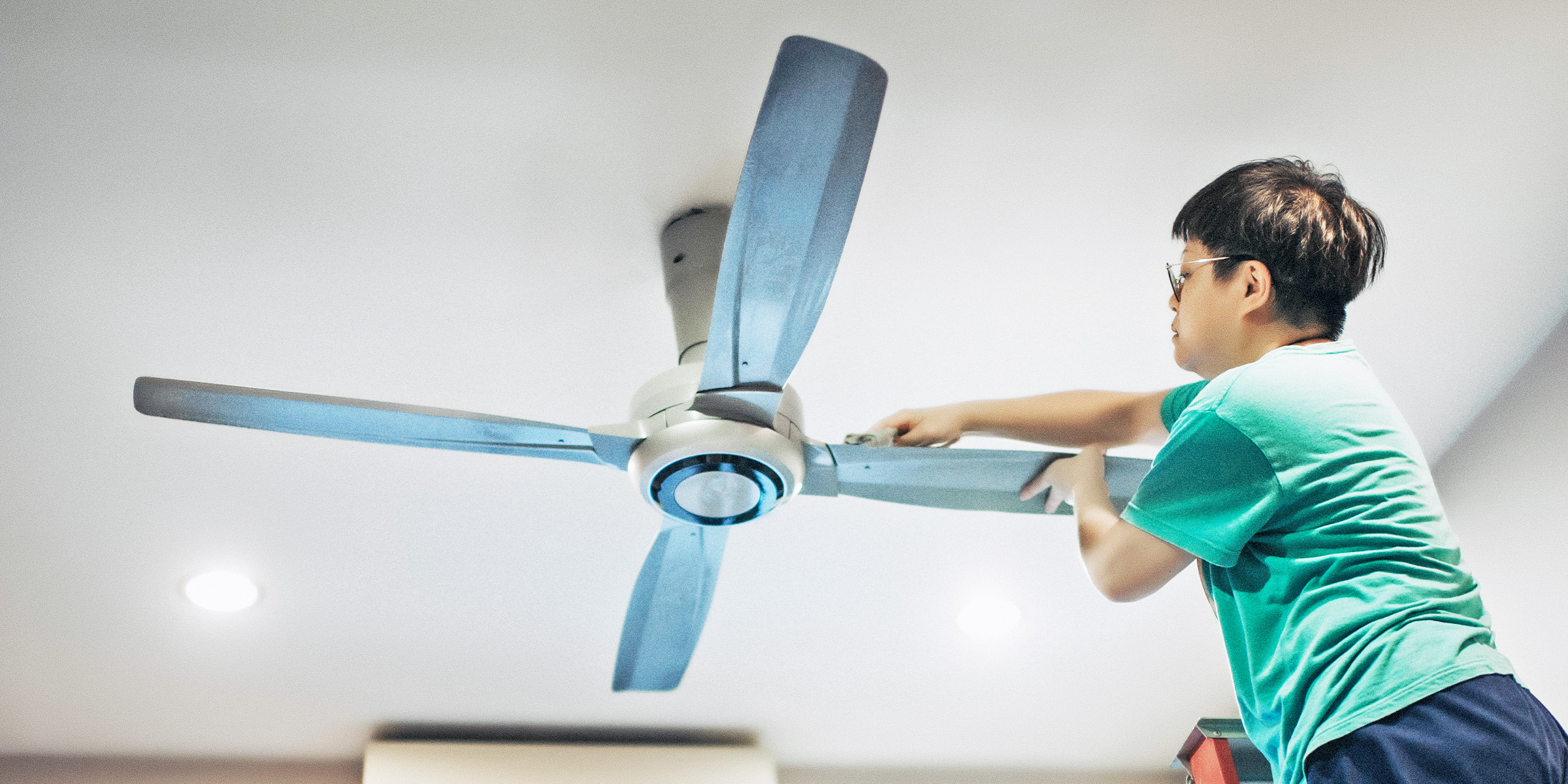

0 thoughts on “What Way Should Your Fan Spin In The Winter”